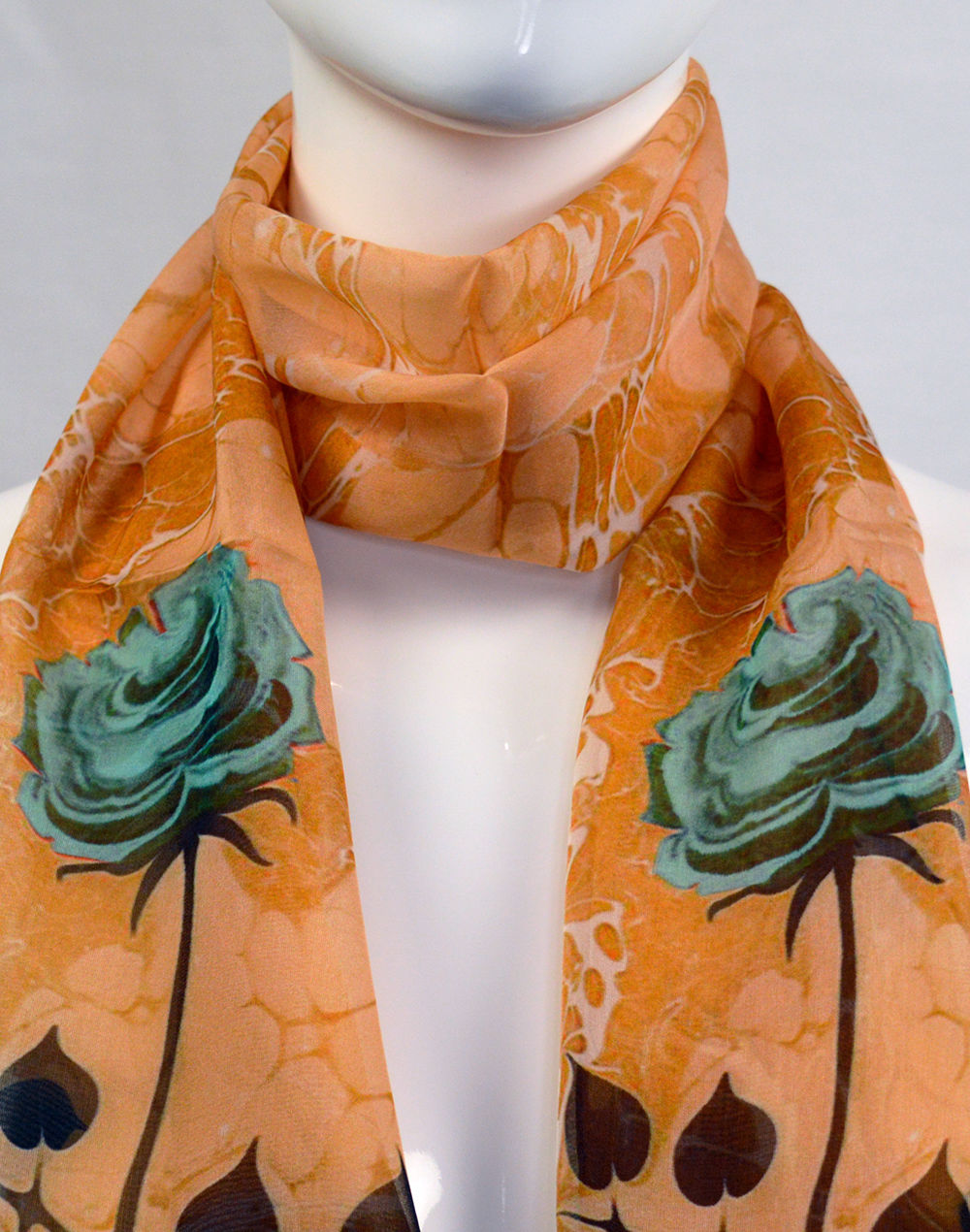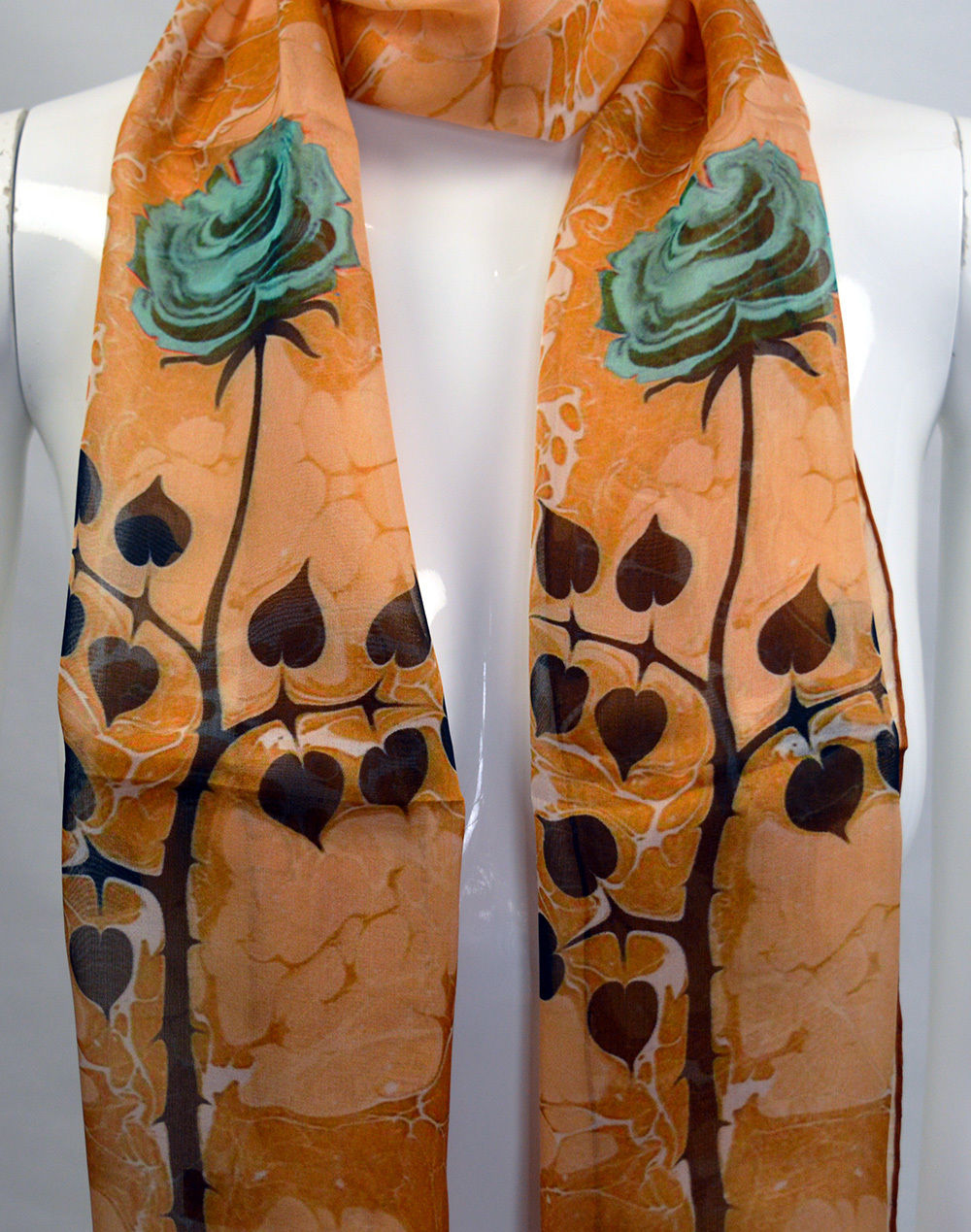100% Pure Silk Orange and Floral Pattern Marbled Scarf
£19.99
100% Pure Silk Orange and Floral Pattern Marbled Scarf
£19.99
Sold Out
100% Pure silk fabric hand painted with a traditional method.
Made in Bursa, Turkey.
An classy and elegant accessory item.
A perfect gift.
Size: 150cm x 30cm
The Turkish Art Of Marbling (Ebru):
Marbling is the art of creating colorful patterns by sprinkling and brushing color pigments on a pan of oily water and then transforming this pattern to paper. The special tools of the trade are brushes of horsehair bound to straight rose twigs, a deep tray made of unknotted pinewood, natural earth pigments, cattle gall and tragacanth. It is believed to be invented in the thirteenth century Turkistan. This decorative art then spread to China, India and Persia and Anatolia. Seljuk and Ottoman calligraphers and artists used marbling to decorate books, imperial decrees, official correspondence and documents. New forms and techniques were perfected in the process and Turkey remained the center of marbling for many centuries. Up until the 1920’s, marblers had workshops in the Beyazit district of Istanbul, creating for both the local and European market, where it is known as Turkish marble paper
About History of Silk Trade in Bursa, Turkey:
Nestled against the slopes of Mount Uludag (the ancient Mount Olympus) in Western Anatolia, Bursa emerged as an important town in Classical Antiquity. Of major significance for the city’s future was the inauguration of the silk industry in Byzantium under Emperor Justinian, as a result of which Bursa would eventually become a centre of silk production and trade.
Ottoman silk textiles are among the most elegant textiles produced in the Islamic world. They are characterized by large-scale stylized motifs often highlighted by shimmering metallic threads. Executed in a range of woven techniques including satin and velvet, these silks were produced for use both within the Ottoman empire and for export to Europe and the Middle East, where they were considered among the most prized luxury objects.
Bursa was the first capital of the Ottoman state (1326–65) and already an important entrepôt on the Eurasian trade route, allowing the Ottomans to function as middlemen in the trade of raw silk. Cocoons or undyed silk thread produced in Safavid Iran’s northern provinces of Gilan and Mazandaran passed through these territories; they were weighed on government-controlled scales and a further tax was levied on materials purchased by European merchants (who were mostly Italian). A decline in the export of Iranian raw silk in the mid-sixteenth century due to political strife instigated the beginnings of domestic sericulture in the Ottoman state, and from that point onward there was a larger variety of the quality of silk and fiercer competition for the European market.
Additional information
| Material Composition | |
|---|---|
| Color | |
| Color Map | |
| Outer Material Type | |
| Size | |
| EAN | |
| Size Map | |
| Brand |
-
Sold Out
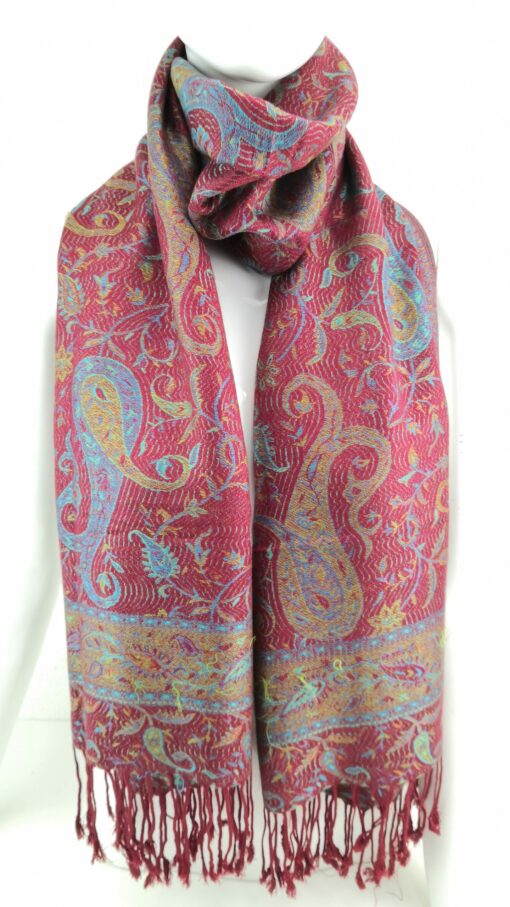
 Select options This product has multiple variants. The options may be chosen on the product page
Select options This product has multiple variants. The options may be chosen on the product pageScarves
100% Turkish Cotton Pashmina Scarf Shawl Wrap Throw Super Soft Luxury
£9.99
-
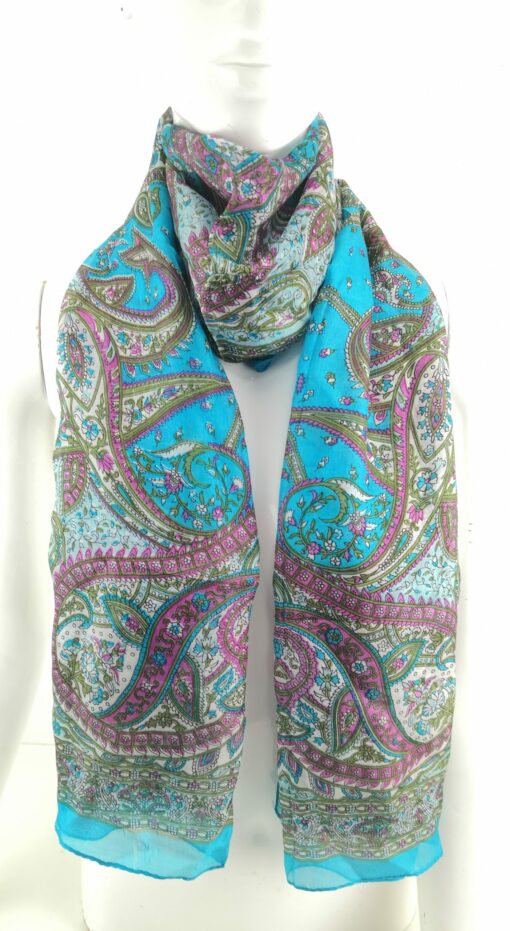
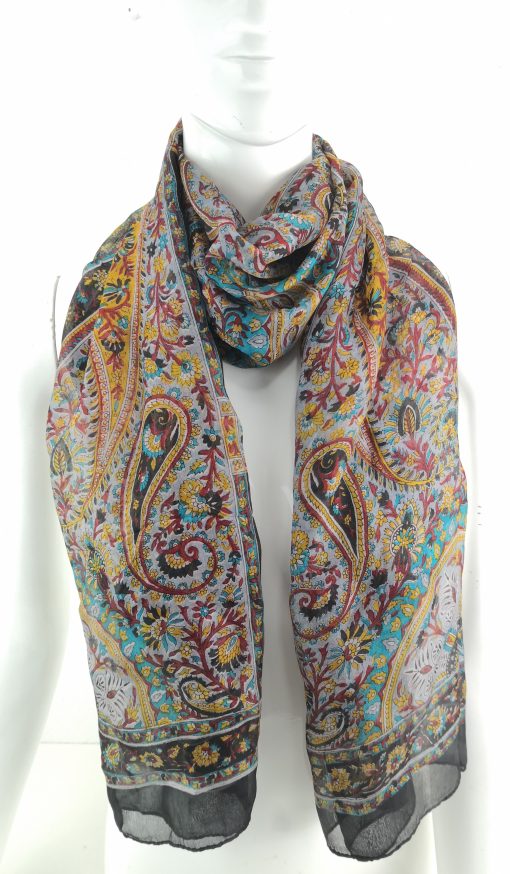 Select options This product has multiple variants. The options may be chosen on the product page
Select options This product has multiple variants. The options may be chosen on the product pageScarves
Indian Handmade 100% Pure Silk Colorful Long Scarf
£19.99
-
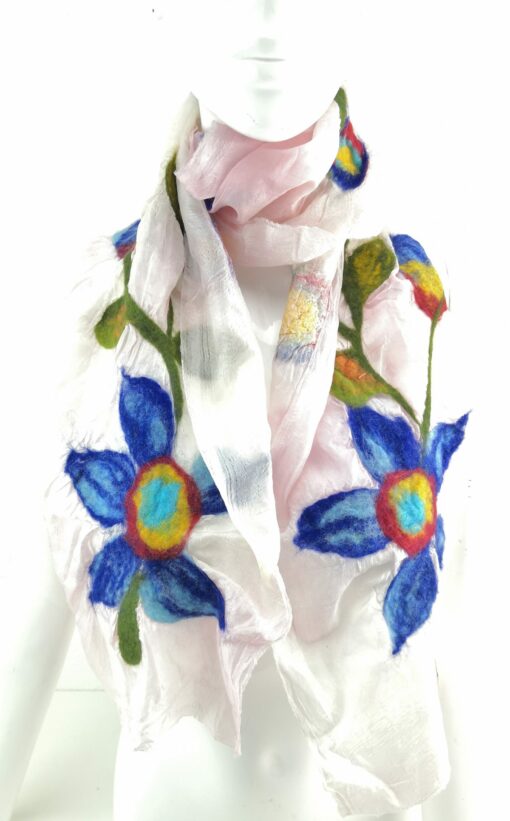
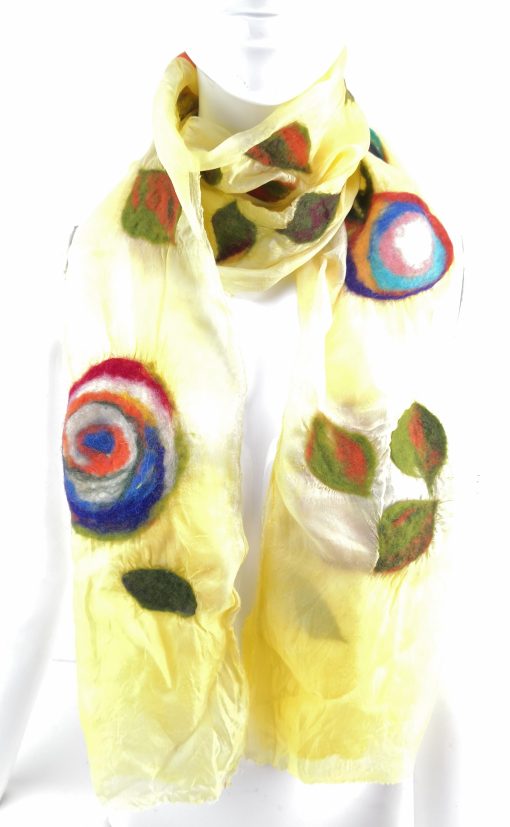 Select options This product has multiple variants. The options may be chosen on the product page
Select options This product has multiple variants. The options may be chosen on the product pageScarves
Handmade Nuno Silk & Merino Wool Felted Scarf Wearable Art Wrap Shawl
£49.99
-
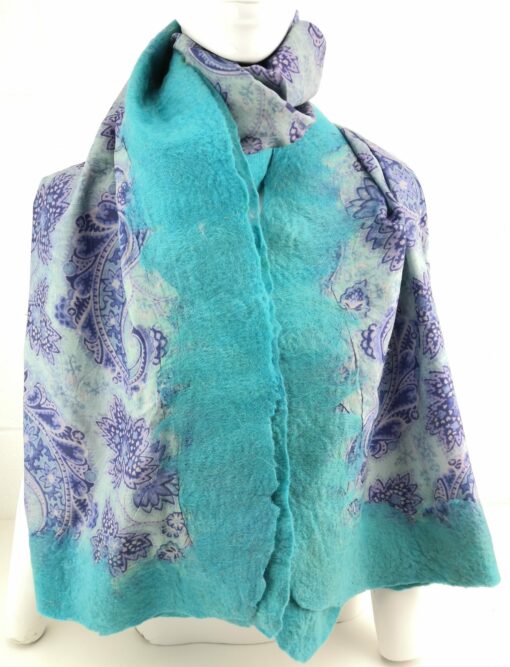
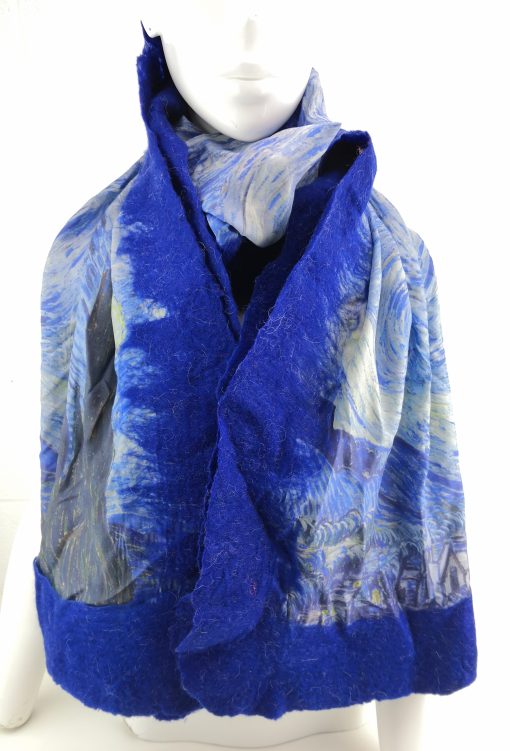 Select options This product has multiple variants. The options may be chosen on the product page
Select options This product has multiple variants. The options may be chosen on the product pageScarves
Handmade Nuno Silk & Merino Wool Felted Scarf Wearable Art Wrap Shawl
£69.99
-
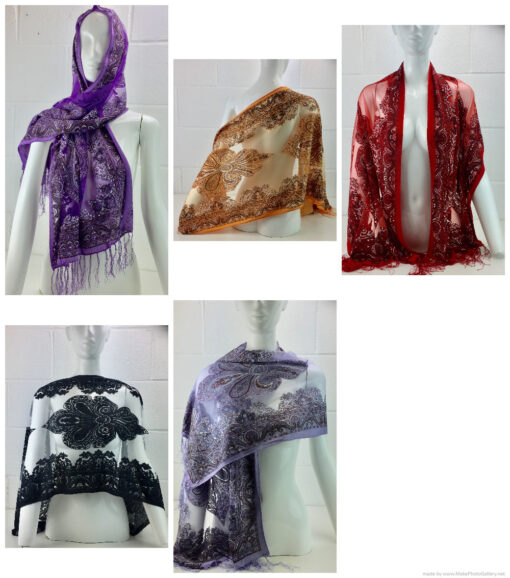
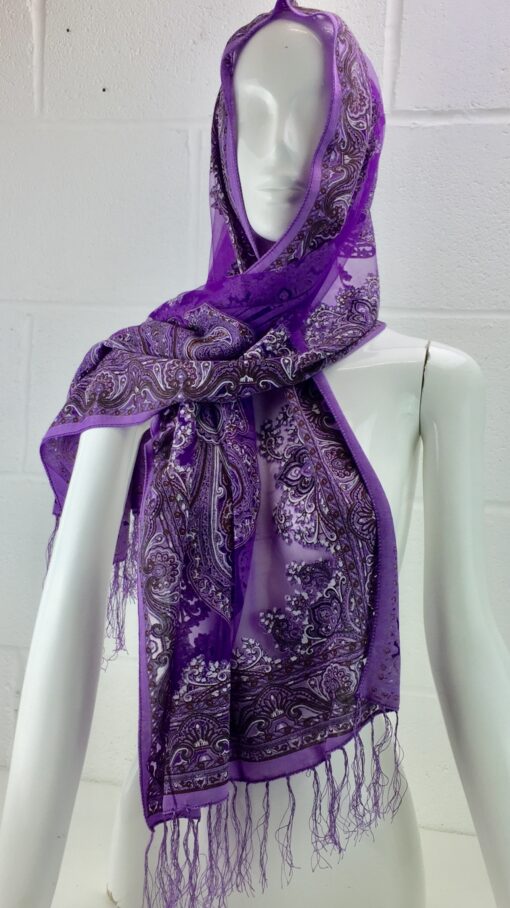 Select options This product has multiple variants. The options may be chosen on the product page
Select options This product has multiple variants. The options may be chosen on the product pageScarves
100% Silk Scarf – 5 Colours – See Through – Can be used as a Table Runner
£29.99 – £37.99Price range: £29.99 through £37.99
-
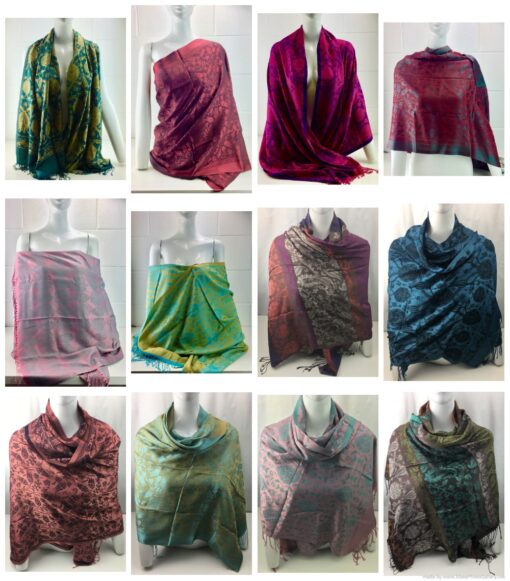
 Select options This product has multiple variants. The options may be chosen on the product page
Select options This product has multiple variants. The options may be chosen on the product pageScarves
100% Silk Scarf from Bursa, Turkey – Colourful Vibrant Patterns – 13 Styles
£39.99


